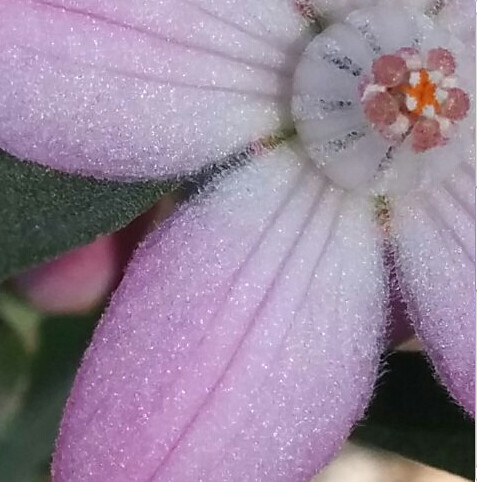Stop the presses right. Hah, well I still think this is pretty cool. The last time the cycad sprouted new leaves was almost 4 years ago.
Cycads are ancient plants that in some ways resemble palms or tree ferns. They have tough evergreen leaves that grow in a fan like arrangement from a single central trunk. Cycads are slow growing and can live for a long time, up to 1000 years. They are thought to have been much more widespread in the ancient past 100’s of millions of years ago, today they are still found around the world in tropical and subtropical climates.
The new shoots emerge at the top of the plant like a ring of spears from the central ball of coralloid roots. They grow very rapidly, up to 20cm per day for the first week after they emerge. As the spears emerge the leaves are each individually coiled up tight in intricate spirals. At first the leaves are very soft and flexible, and the undersides are covered with a film of fine hair/fur. Once they unroll the hair is lost and the leaves become stiff and hard.

I’m not sure what is behind the strategy of waiting years then growing all the leaves at once. Not long after the last time the leaves grew there was a scorcher of a day that burnt some of the new leaves leaving them dead and brown. That cant be good when new leaf growth is years away.









